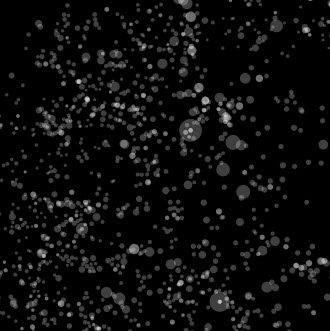Well, I’ve caught a bug, and it’s a bad one. I’m hooked on WebGL demos. If you follow me on twitter, I’ve been tweeting a few of my favorites. I’ve also been downloading them and playing around with the base api, through the lessons on Learning WebGL and with a number of different frameworks.
The latest particle system demos from three.js caught my eye, and I hacked together my latest demo with the three.js code. Given the raw horsepower of my brand spanking shiny new video card, and the complexity of many of the demos, I was expecting more from my hacking around. The page is generating around 30-40 thousand points a second, where the fractal editor page will crank out around a million or so.
I’m sure it has to do with pumping the geometry over to the video card, and rendering points. That’s the downside of trying to do anything performance dependent, or pretty looking, or both. Polish take time, and a lot of it. I’ve got to run some tests and profiles to see what the issue is.
In the mean time, I played around with the point sizes, number of points and functions. The images show more of the shape of the actual attractor. In the previous demo, I was trying to get something more particle-ish, rather than show off the details of the fractal.
A lot of work, but a lot of fun too. Latest creation: 3d particle webGL
PS. This page requires WebGL, which means that you need Chrome 9.0 or higher or Firefox 4.0.

Leave a Reply